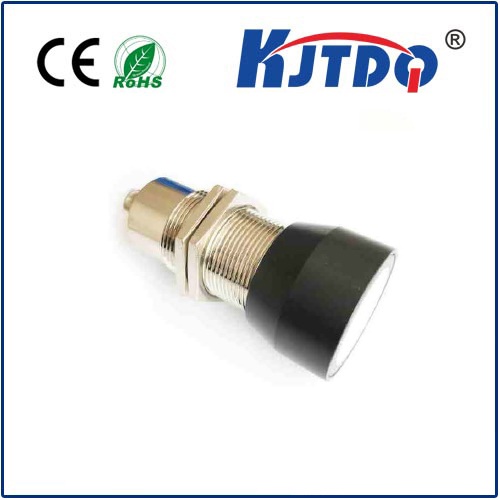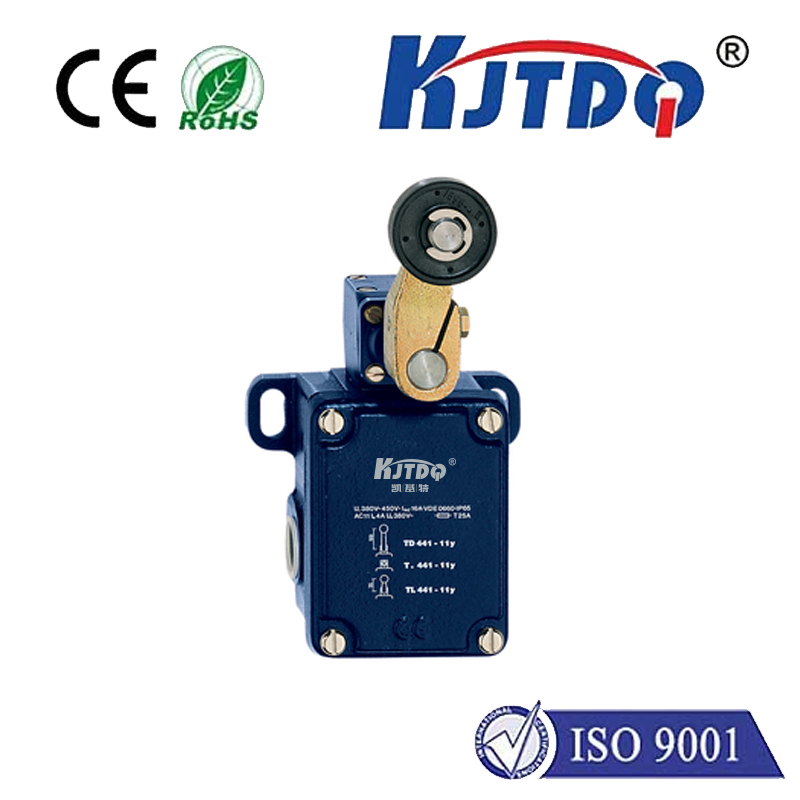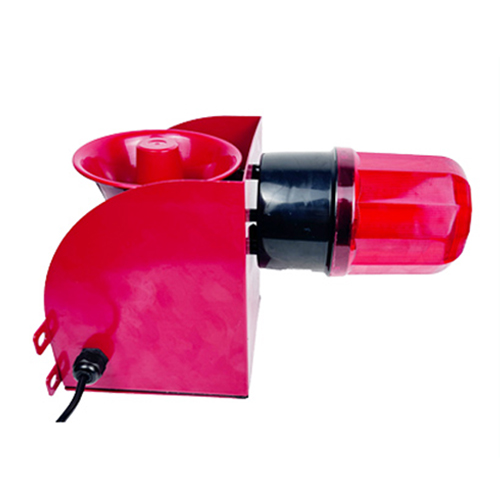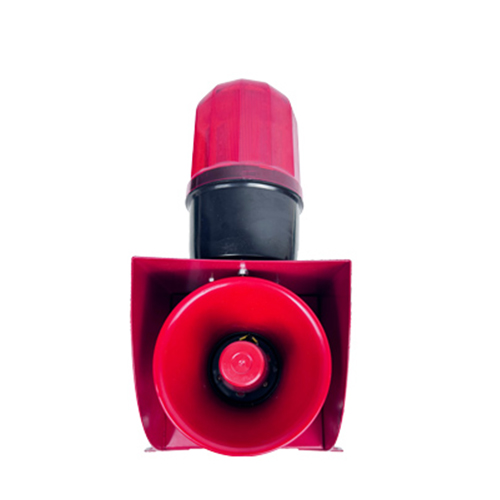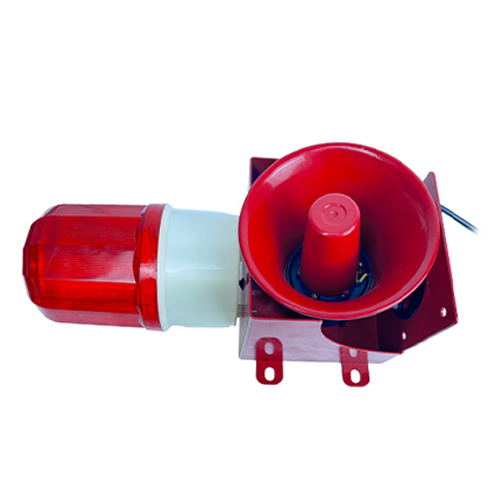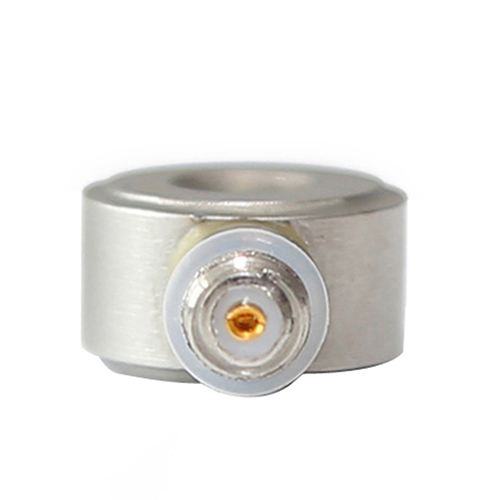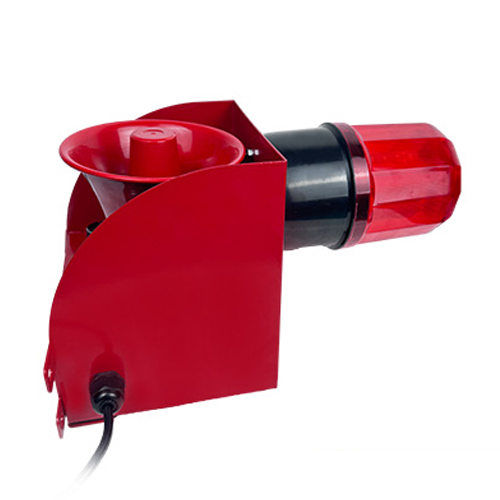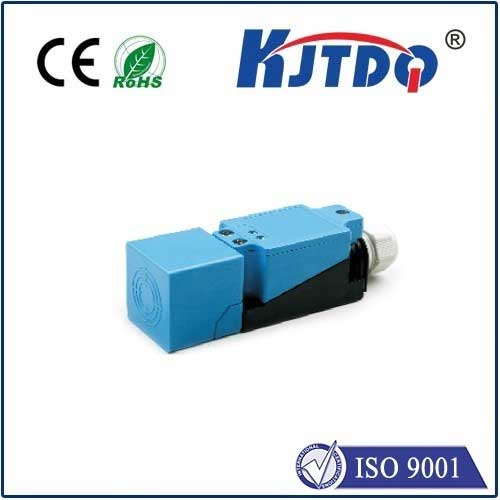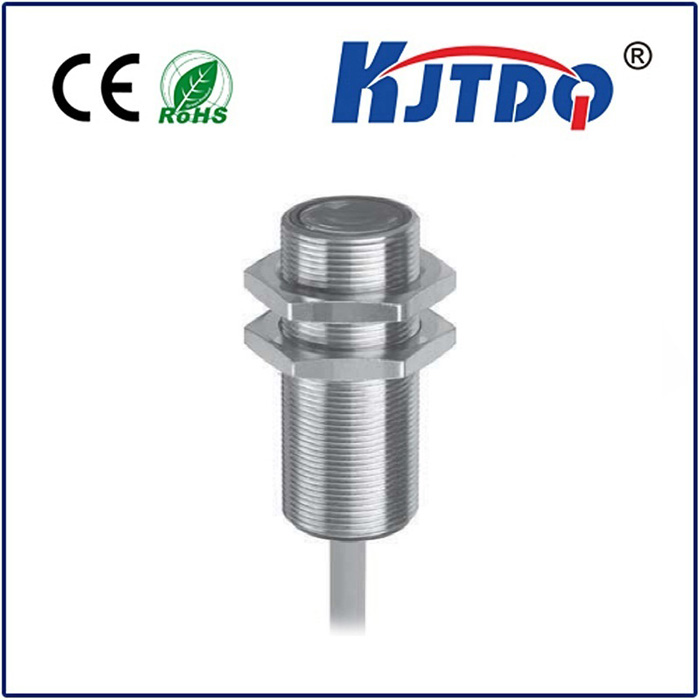BES013A high pressure proximity sensor
- time:2025-09-30 14:39:09
- Click:0
BES013A High Pressure Proximity Sensor: Unyielding Detection in Crushing Environments
Precision sensing is paramount in industrial automation, but what happens when your application involves relentless pressure, hydraulic forces, or machinery operating at crushing extremes? In these demanding arenas, standard sensors falter. That’s where specialized components like the BES013A High Pressure Proximity Sensor step into the spotlight. Engineered to excel where pressure isn’t just a factor, but a dominant force, this sensor provides the unwavering reliability needed for critical position and presence detection in the toughest conditions.
The Unseen Challenge: Why Pressure Matters for Proximity Sensing
Proximity sensors, in essence, detect the presence or absence of a nearby metallic target without physical contact, typically using electromagnetic fields (inductive principle). However, high-pressure environments introduce unique challenges:
- Mechanical Stress: Constant or fluctuating high pressure exerts tremendous force on the sensor housing. Standard sensors risk deformation, seal failure, or internal damage.
- Seal Integrity: Preventing pressurized fluids (like hydraulic oil) or gases from penetrating the sensor body is critical. Compromised seals lead to contamination, corrosion, and catastrophic failure.
- False Triggers: Pressure waves or vibrations can cause unwanted movement or electrical noise, potentially leading sensors to detect “ghost” targets or miss actual ones.
- Material Fatigue: Repeated pressure cycles can induce micro-cracks and fatigue in materials not specifically designed for such loads.
Ignoring these factors leads to premature sensor failure, costly downtime, potential safety hazards, and unreliable automation processes. This is the niche the BES013A is meticulously designed to fill.
Introducing the BES013A: Built for the Pressure Cooker

The BES013A isn’t just another inductive proximity sensor; it’s a robust solution engineered from the ground up to withstand punishing pressure environments typically found in hydraulic systems, high-pressure presses, injection molding machines, die-casting equipment, and heavy-duty test rigs. Its defining characteristic is its high pressure rating, a specification rigorously tested to ensure it can operate reliably under continuous immense force. Key attributes often associated with such a specialized sensor include:
- Exceptional Pressure Resistance: The core feature. The BES013A housing, seals, and internal construction are optimized to handle specific high-pressure ranges, often significantly exceeding standard sensors (ratings in the hundreds of bar are common for this type).
- Robust, Sealed Construction: Featuring high-grade stainless steel sensing faces and sturdy housings, combined with specialized sealing technologies (like high-pressure O-rings or metal seals), it guarantees internal protection against fluid or gas ingress, even under extreme pressure cycling. Hermetic sealing is often crucial here.
- High Immunity to Shock & Vibration: Beyond static pressure, the sensor is designed to resist the intense shocks and vibrations that frequently accompany high-pressure machinery operation, minimizing the risk of false signals or physical damage.
- Reliable Inductive Sensing: Utilizing a non-contact inductive principle, it detects ferrous and non-ferrous metal targets reliably, immune to dirt, dust, oils, and non-conductive materials that might be present.
- Standard Electrical Interfaces: Typically offering common output types (like NPN or PNP, NO or NC) and connection styles (cable or connector), ensuring straightforward integration into existing control systems.
Inside the Fortress: How the BES013A Endures
The resilience of a high pressure proximity sensor like the BES013A stems from meticulous design choices:
- Specialized Housing: Often made from high-strength stainless steel (e.g., 316L) or similarly robust alloys, able to resist deformation under sustained loads. The shape (often cylindrical with reinforced ends) is optimized for pressure distribution.
- Advanced Sealing Solutions: Going beyond standard O-rings, these sensors might utilize multi-stage seal configurations, specialized elastomers resistant to high-pressure extrusion, or even metal-to-metal seals for the highest demands. This ensures long-term seal integrity against aggressive media.
- Internal Reinforcement: Careful design of the internal components and potting materials (if used) prevents movement or damage due to pressure-induced stress within the sensor body. Pressure-balanced designs might be employed in some variants.
- Precision Machining: Tight manufacturing tolerances are essential for maintaining seal effectiveness and sensor performance under extreme conditions. The sensing face itself is usually a highly durable, non-corrosive material.
Where the BES013A Proves Invaluable: High-Pressure Applications
The BES013A High Pressure Proximity Sensor finds its critical role in numerous high-stakes environments:
- Hydraulic Systems: Monitoring piston position, valve actuation, or end stops within cylinders and manifolds operating under hundreds or thousands of PSI/bar. Preventative maintenance becomes achievable by reliably detecting position.
- Metal Forming & Stamping: Used in massive presses to detect die position, bolster plate location, or workpiece presence during operations generating immense force. Operator safety relies on precise detection.
- Plastics & Die Casting: Employed within injection molding machines to sense mold clamp position or core pull mechanisms under high clamping pressure. Ensuring process consistency is key.
- High-Pressure Testing Equipment: Verifying component position or existence within test chambers simulating extreme operating pressures (e.g., aerospace components, pipelines). Reliability under test conditions is non-negotiable.
- Fluid Power Systems: Detecting actuator position or valve states in systems controlling high-pressure water jets, gas compression, or oil exploration equipment. Failure prevention in remote locations is critical.
Ensuring Peak Performance: Selection & Installation Considerations
Maximizing the lifespan and reliability of the BES013A requires attention to detail:
- Verify Pressure Rating: Crucially, ensure the sensor’s specified pressure rating exceeds the maximum pressure (including potential spikes) in your application. Never operate near its absolute limit.
- Check Media Compatibility: Confirm the housing and seal materials are resistant to the specific fluid or gas in the environment (hydraulic oil, coolants, compressed air, etc.).
- Understand the Environment: Consider temperature extremes, potential chemical exposure, and the level of shock/vibration alongside pressure.
- Secure Mounting: Use appropriate mounting hardware and techniques to ensure the sensor is firmly held, minimizing stress on the housing and connections. Avoid over-tightening.
- Target Material & Distance: As with any inductive sensor, ensure the target material is detectable (ferrous metals are easiest) and size/distance comply with the sensor’s specified switching distance.
- Electrical Protection: Utilize surge protection and proper grounding to shield the sensor and connected circuitry from electrical noise common in industrial settings.
Beyond Pressure: The Broader Benefits of Robust Sensing
Choosing a purpose-built sensor like the BES013A delivers advantages that extend far beyond merely surviving high pressure:
- Enhanced Operational Uptime: By significantly reducing failures caused by pressure stress and seal leaks, production lines and machinery stay operational longer.
- Reduced Maintenance Costs: Fewer sensor replacements and less downtime for repairs translate directly to lower operating expenses and improved ROI.
- Increased Process Reliability & Safety: Consistent, accurate detection ensures machinery operates as intended, preventing malfunctions that could damage equipment or endanger personnel. Precise position feedback is vital for safety interlocks in high-pressure zones.
- Superior Product Quality:






